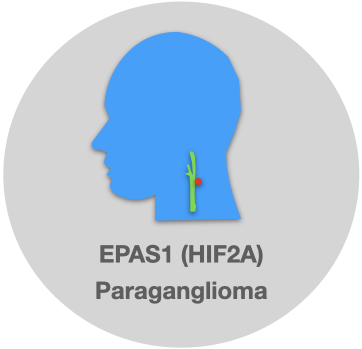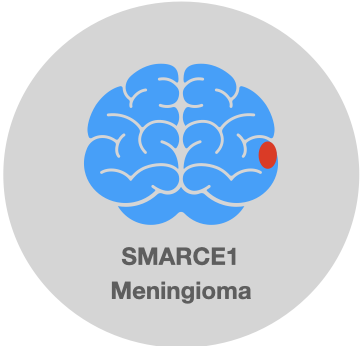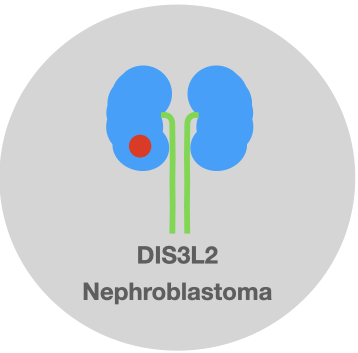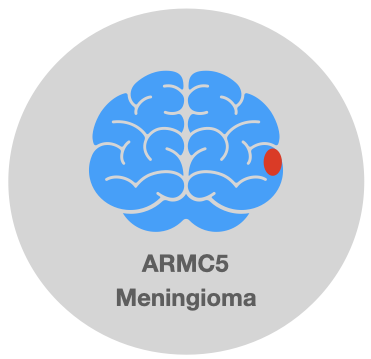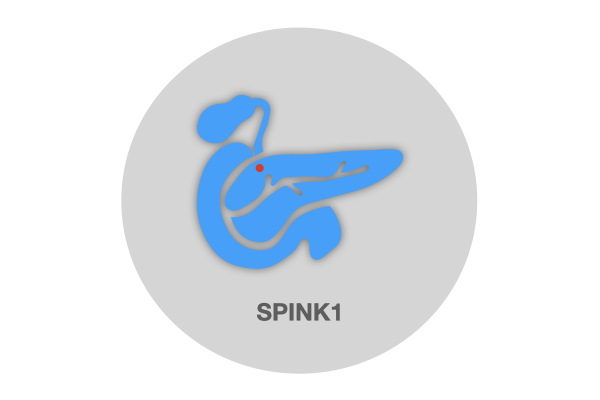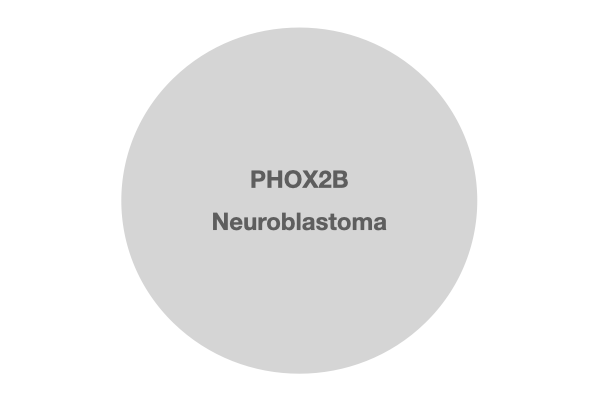
PHOX2B Germline Mutation and Neuroblastoma: Genetic Evidence
In the intricate realm of genetics, certain master regulators hold the key to developing and functioning critical systems within our bodies. One such transcription factor is PHOX2B.
Read more